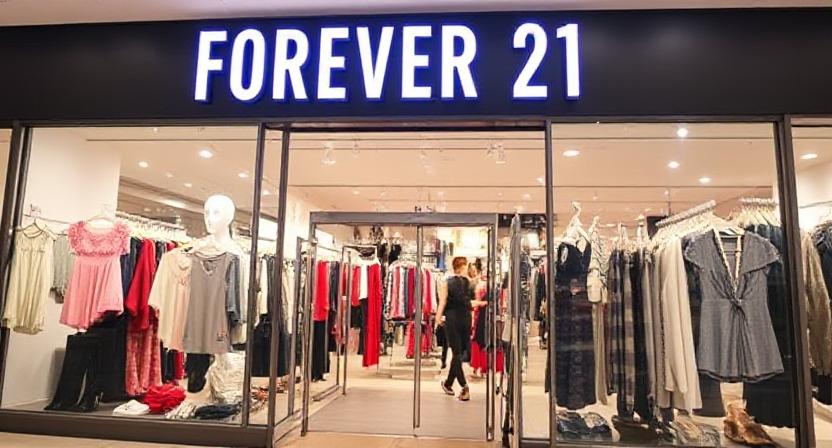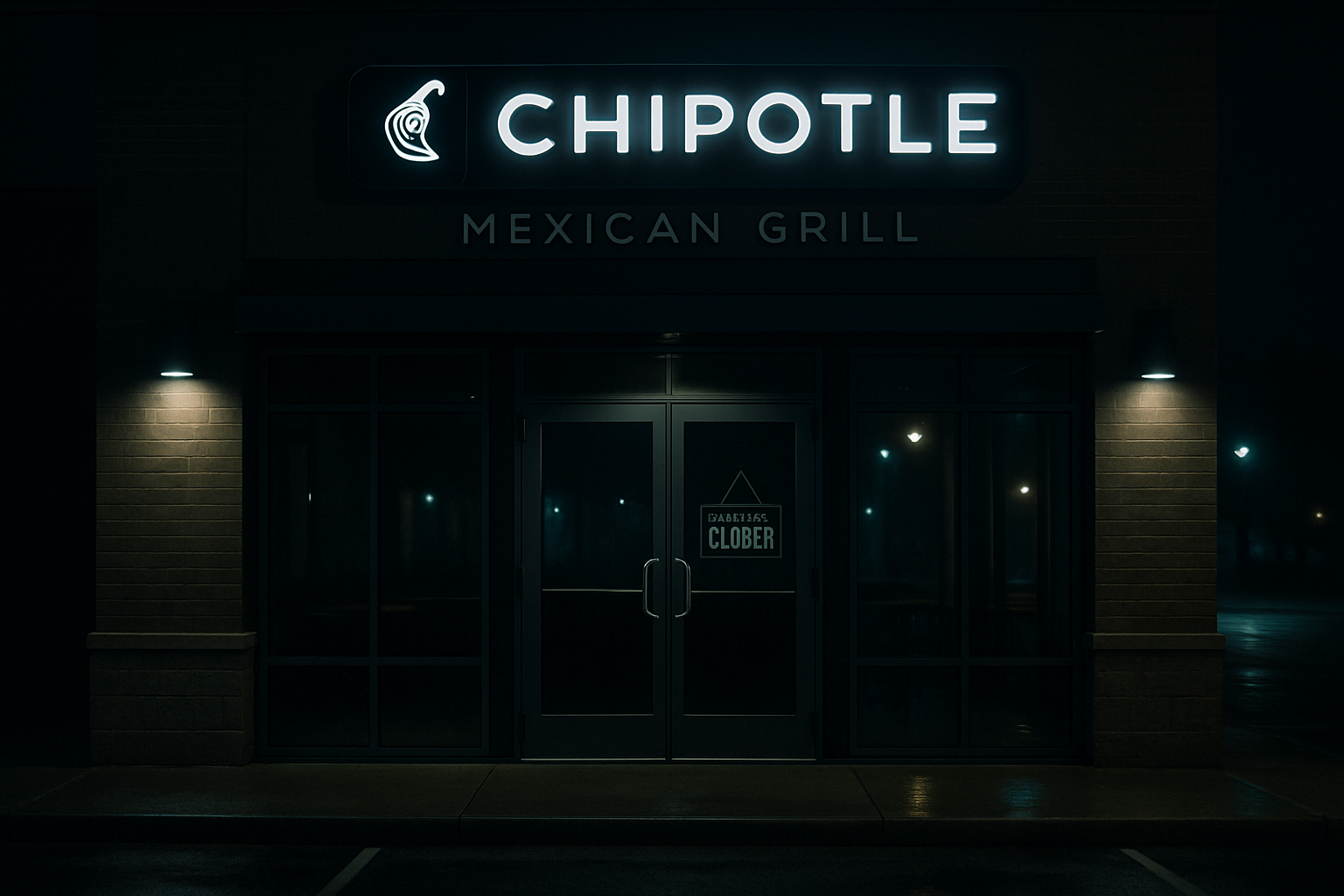
For dozens of years, Forever 21 has maintained its reputation as a fast-fashion retailer of trendy, affordable clothing, which dominates global retail markets. Its fast-fashion approach has enabled the brand to give young consumers access to price-friendly, current fashion trends. Forever 21 has experienced an unpredictable business path. Forever 21 shares a compelling business narrative about retail evolution starting from its rapid expansion through its financial collapse then its adaptations to remain competitive. This research examines Forever 21’s background as an establishment along with its company design, along with the obstacles it encountered and the solutions it undertook to sustain its position in the market competition.
The Origins of Forever 21
Los Angeles served as the starting point for Forever 21 when Do Won Chang and his wife, Jin Sook Chang, launched the fashion chain in 1984. Fashion 21 used to be the original name given to the initial 900-square-foot shop that sold fashionable and budget-friendly apparel. Young women served as the target customer base, which helped Forever 21 become popular with budget-friendly fashionable merchandise.
The Changs designed their business to bring customers the hottest fashion styles at affordable prices. Its primary appeal to customers allowed Forever 21 to grow quickly throughout the nation. During the early 2000s, Forever 21 evolved into a widely recognized retail brand while expanding its business operations through numerous stores across America and the world.
The Fast-Fashion Model
Forever 21 attained business success through its fast-fashion model that rapidly manufactures and supplies fashionable, affordable apparel. Forever 21 achieved market supremacy by quickly turning runway looks into copies for its customers before competitors could match the speed.

Forever 21 implements three main components in its operational structure of fast fashion:
- The supply chain system of the brand worked to shorten design-to-export timelines so new designs appeared rapidly in retail locations.
- Forever 21 maintained low production expenses and large-scale operations in order to present fashionable clothing at cost levels that attracted their core customer group.
- Forever 21 ran a broad product line through its stores featuring clothing beside accessories and footwear, which satisfied different fashion choice profiles.
The business model put Forever 21 in the lead of fast fashion across the market while attracting extremely popular young consumer groups.
Global Expansion and Peak Success
Forever 21 achieved its highest success point by establishing more than 800 outlets across 50 international countries. Profitable stores of Forever 21 operated from prime commercial districts where customers discovered their extensive locations with joyful yet youthful design themes. Forever 21
expanded its success by tailoring its collections and working with local influencers to serve various markets across the world.
Forever 21 expanded its business by entering various new product categories, which included menswear together with separate lines of activewear and plus-size clothing under their Faith 21 brand. The company expanded its product range by releasing beauty products and home goods merchandise lines to extend its market reach.
Challenges and Decline
The successful launch of Forever 21 eventually turned into multiple obstacles, which resulted in its downfall. The following elements constituted the main triggers that affected the company’s decline:
- The brand experienced poor financial results from its hurried market expansion campaign, which created both substantial operational costs and stores that underperformed. Large and expensive Forever 21 locations became too difficult to maintain, so they created financial pressure on the company.
- Forever 21 lost customer support after sustainability and ethical fashion principles started to become preferred by consumers. Quality combined with sustainability factors became more important to consumers than low prices along with quantity, which they now seek.
- Forever 21 faced intensified market competition when Shein and Fashion Nova launched online fast-fashion operations. The competitors succeeded by providing faster delivery services at cheaper rates to attract the same target customer demographic.
- Forever 21 submitted a Chapter 11 bankruptcy filing during 2019 because its sales decreased while its debt obligations grew too high. Forever 21 shut down hundreds of its stores along with reducing its business scale while trying to reorganize its operations.
Efforts to Reinvent and Rebuild
Forever 21 started an evolution process after bankruptcy to rebuild its presence within the retail market. Key strategies include:
- The company invested large sums of money into strengthening its e-commerce operations because they recognized the increasing popularity of online shopping. Forever 21 updated their web platform to create smooth online shopping as they built social media networks to connect with their audience.
- To increase its customer base, Forever 21 established business alliances with multiple influencers as well as celebrities that linked up with other retail operators to build brand awareness. The company achieved a strong revival by working with Adidas along with Hello Kitty.
- The company managed its operations more efficiently by opening compact types of retail spaces located strategically in busy shopping districts. The company achieved better profitability results combined with cost reduction through these operational changes.
The Impact of Forever 21 on the Fashion Industry
Forever 21’s entire period between growth and decline transformed the way fashion businesses operate. Through its success Forever 21 established fast-fashion as a business model that many retail
competitors used to model their operations. Through product delivery of fashionable items at affordable rates, the company opened doors in the fashion world for wider markets to access clothing.
The business difficulties faced by Forever 21 revealed various issues within fast fashion operations regarding excessive growth and environmental consequences along with consumer behavior shifts. The brand’s successful yet complicated story warns modern retailers about handling the diverse challenges in today’s fashion business.
Lessons Learned from Forever 21’s Journey
- The story of Forever 21 offers valuable lessons for businesses in the retail and fashion industries:
- Business survival in a dynamic market requires organizations to adjust their operations toward new market directions and consumer habits.
- The expansion process should be carefully planned so businesses maintain an optimal relationship between growth potential and resource availability.
The Future of Forever 21
Forever 21 remains focused on rebuilding its business through strategies that involve overcoming market hurdles while seizing market potential.
The fast fashion industry will continue to see Forever 21 as a major presence because of its innovative leadership role in the field.
Conclusion
The constant evolution of the fashion industry together with retail reflects the story of Forever 21. Starting from its tiny Los Angeles retail space to achieving worldwide leader status and encountering changing market conditions, the brand experienced all aspects of fast-fashion success and failure.
The ongoing efforts of Forever 21 to reshape its approach teach valuable lessons about marketplace adaptation as well as sustainability combined with market innovation. Forever 21’s success at re-establishing its former position in the market remains uncertain despite its permanent impact on the fashion sector that will live through future generations.
The fashion world will observe carefully as Forever 21 continues its path toward a new direction in its history.






fqmNpxbG Xkf lii BCksz WTQj
q5xi7v